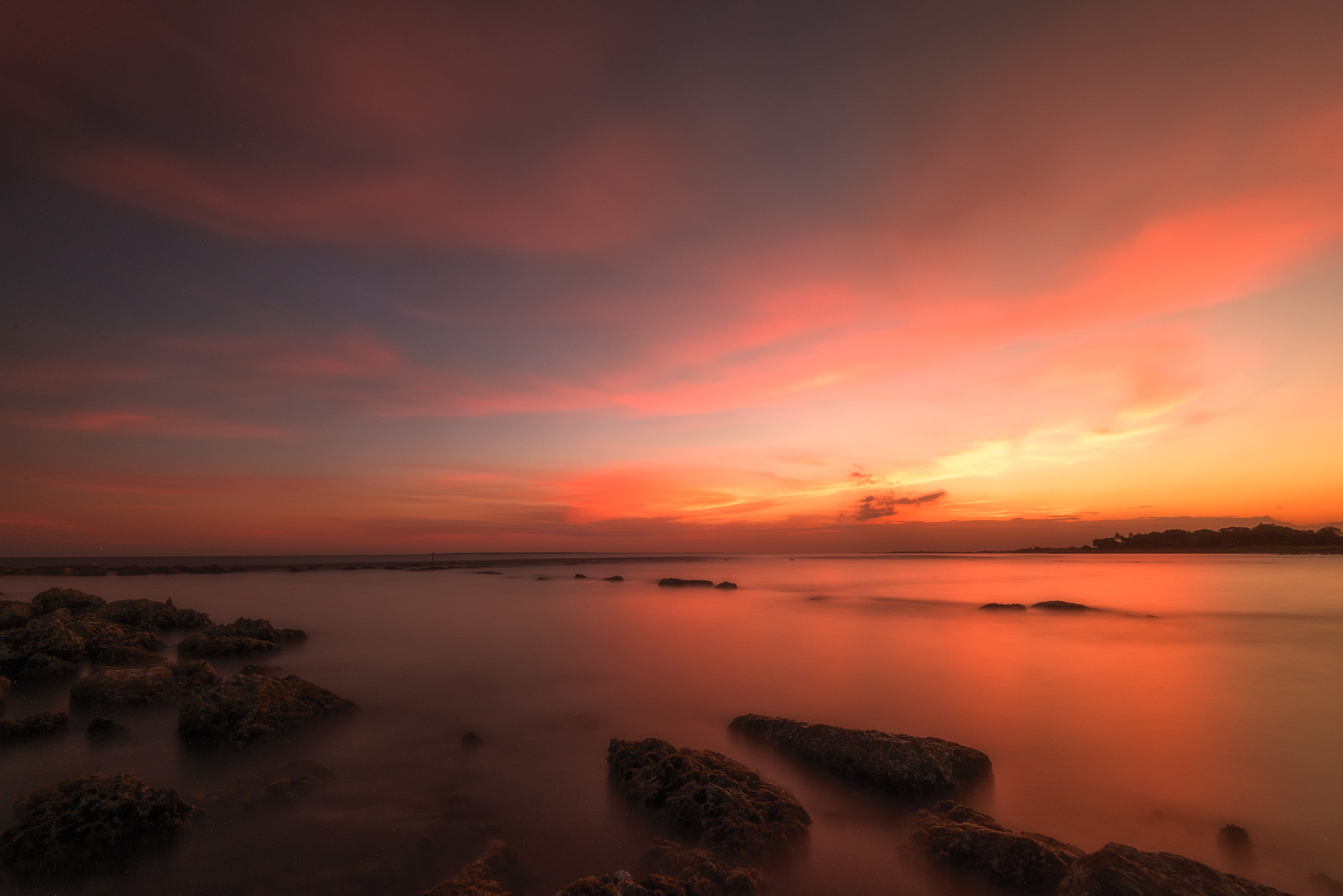So often when you think of landscape photography, you think of the wide expanse views photographed with wide angle lenses. There is certainly reason for this as quite often, we do reach for those wide lenses to capture a grand view or amazing sky. But sometimes it is only the telephoto lens that can fully capture the story of the details we are drawn to. So here are a few reasons I would reach for my Nikon 70-200 f/2.8 lens or my Sigma 150-600mm lens over a wider angle lens.
1) Your Subject Is So Far Away - Portrait and Lifestyle photographers can usually move their feet to get closer to their main subjects, but in nature & landscape photography, sometimes we can only achieve a closer view of our desired subject by having a lens that can zoom in closer. For example, shooting the top of a mountain peak or across a body of water.
The following 2 images were shot with the Sigma 150-600.
The first captures the tips of the snow kissed Tetons as the clouds float across the sky.
The second captures a tree far off across the Snake River at Oxbow Bend as the light illuminated the fall colors.
2) The Beauty is in the Details - While often the awe of an expansive view is what draws us to a scene, sometimes the strongest beauty is in the details. The long lens allows us to isolate that beauty whether it is the light hitting a mountain peak, an ocean wave, or a single tree (like above). There can be so much intrigue and beauty in the simplicity that comes from picking one element of a scene and focusing on it with a longer lens. It helps bring the eye to the details we see that would otherwise be lost when captured with a wider angle lens.
Captured with my Nikon 70-200mm lens
3) Compression - As a landscape photographer I generally strive to obtain sharp focus throughout the frame, but sometimes a little compression and blur is a beautiful thing. This compression isolates our main subject and can create a soft dreamy quality in the image.
4) Lackluster Skies - When the skies are overcast, drizzly, or even completely clear, they don’t add a lot of interest to landscape images. Using a longer lens to fill the frame with foreground interest can create a more dynamic and interesting image. In this image below, the weather went back and forth between drizzling and overcast. The low clouds floating through the trees, however, were so beautiful. My Sigma 150-600 was perfect to capture the beauty I saw on this otherwise dreary day.
5) Wildlife - While the majority of my photography is landscape imagery, I also love when I’m able to capture wildlife out and about. A longer lens is needed to capture wildlife in order to avoid scaring them off to respect their space. In the case of larger animals, it is also important for your safety.
So next time you head out, don’t forget to bring that telephoto lens with you! I can’t wait to see what you capture!
Kristen Ryan is a landscape and fine art photographer residing in the Midwest suburbs of Chicago. All images can be purchased in the Fine Art Store. Kristen leads ladies landscape photography retreats in the Tetons, Chicago, and the Canadian Rockies, offers private mentoring and teaches an online landscape photography workshop twice a year.
Did you know that The World Around You is now open for registration for the October 7, 2019 run?! Join me for a month of exploring the scenery around you and learn to capture stunning landscape imagery at home and in your travels.







































































































































